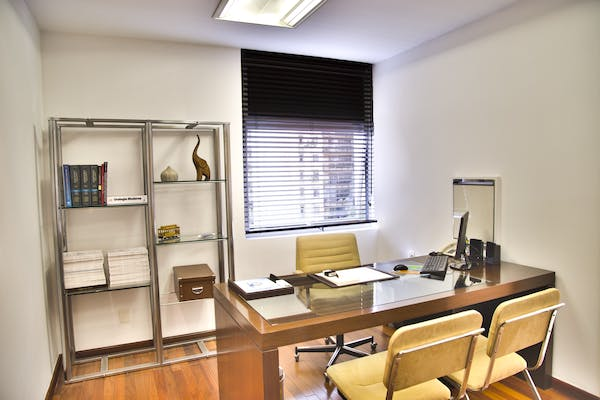Low indoor humidity is a serious problem that affects the health and comfort of workers. Forcing employees to work in an exceptionally dry environment may result in illness (among other things). But how exactly do you know if the air is dry? Here are a few things to check for:
#1) Electrostatic Discharge
Offices and other indoor environments with a low relative humidity (RH) are more likely to experience electrostatic discharge (ESD). Feeling a brief shock when you touch a doorknob may seem harmless enough, but ESD can cause significant damage to computers and other electronics. It only takes a miniscule amount of electricity to fry a computer, which is why it’s important to maintain a proper humidity level in the office.
#2) Feeling Dehydrated and Thirsty
Another sign of low humidity is dehydration paired with a desire to drink. This is due to the fact that dry air literally sucks the moisture from your body. Prolonged exposure to environments with a low RH can deplete a person’s body fluids, making them feel dehydrated and thirsty. Of course, dehydration can lead to a whole world of unrelated problems.
#3) Feeling Cold
We’ve talked about this before on our blog, but it’s worth mentioning again that dry air makes you feel colder than the thermostat indicates. Exposure to low humidity will evaporate the sweat and moisture on your body, leaving you exposed to the elements. Workers in environments with low humidity often complain about feeling cold, even if the thermostat is to set to a proper temperature.
#4) Nose Bleeds
It’s a little-known fact that low humidity contributes to nose bleeds. The dry air causes the moisture in the mucus membranes to evaporate, at which point they begin to crack. Depending on the severity of the problem, this cracking can lead to open wounds that bleed. Not only is this painful, but it can also serve as an entry point for bacteria and virus.
#5) Damaged Furniture
A fifth and final sign of low indoor humidity is damaged furniture. Assuming the furniture is made of wood, it will expand and contract depending on the surrounding relative humidity. When the air is moist, wood furniture will expand as it absorbs the moisture. When the air is dry, it will shrink as it releases the moisture back into the air. Some shrinking and expanding is normal, but wood furniture that’s exposed to dry air over long periods of time may show signs of damage, such as cracking or warping.





